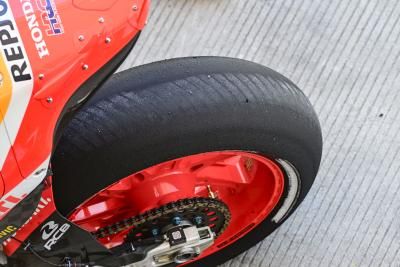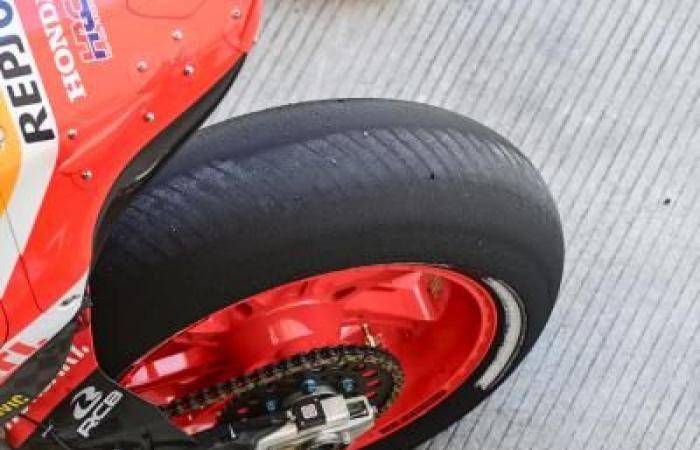MotoGP faces a persistent problem with tire pressure management, and the latest notable example was the Indonesian Grand Prix. Several drivers, including Pedro Acosta, were placed under investigation for failing to meet tire pressure standards, but despite the investigation, Acosta was ultimately exonerated, unlike Takaaki Nakagami, who was penalized. However, the process and reasons behind these decisions raise questions about how MotoGP is handling this recurring issue.
The scourge of tire pressure is not from yesterday, and Michelinthe tire supplier for the championship, initially proposed a solution. A new front tire was tested at Misanowith the ambition to resolve these pressure problems with a view to 2025. However, to everyone’s surprise, the decision to introduce this tire next year has been canceled. This turnaround sparked much speculation and frustration within the paddock, especially as this new tire seemed to have the potential to solve a long-standing problem.
During the tests at Misanothe reactions of the pilots were divided. On the one hand, pilots like Pecco Bagnaia praised the new rubbers, calling them “wonderful” and capable of stabilizing pressure problems. On the other, the Marquez brothersMarc and Alex, believed that these tires presented risks, going so far as to describe them as dangerous.
The tire puzzle: a sporting and financial issue for MotoGP
Faced with these conflicting opinions, it appears that political pressure or differences of opinion played a role in the decision not to introduce these tires in 2025, despite the potential benefits they could offer.
This decision has significant repercussions for the future of MotoGP, as tire pressure problem persistsand it begins to taint the credibility of the championship. Indeed, incidents like those observed in Indonesiawhere tire pressure becomes a decisive factor in race results, leaves one perplexed. MotoGP appears hesitant to take the necessary steps to resolve this technical issue, despite potential solutions at hand.
The MotoGP championship will therefore continue, for the moment, to juggle with this problem, and each race could be marked by new incidents linked to tire pressure, as long as concrete measures are not taken to remedy it. This raises the question of whether tire pressure management, a key element of motorcycle performance, has become too political to be resolved simply on a technical basis, to the detriment of the quality and fairness of racing.








